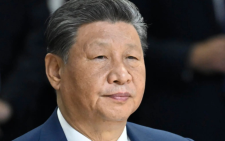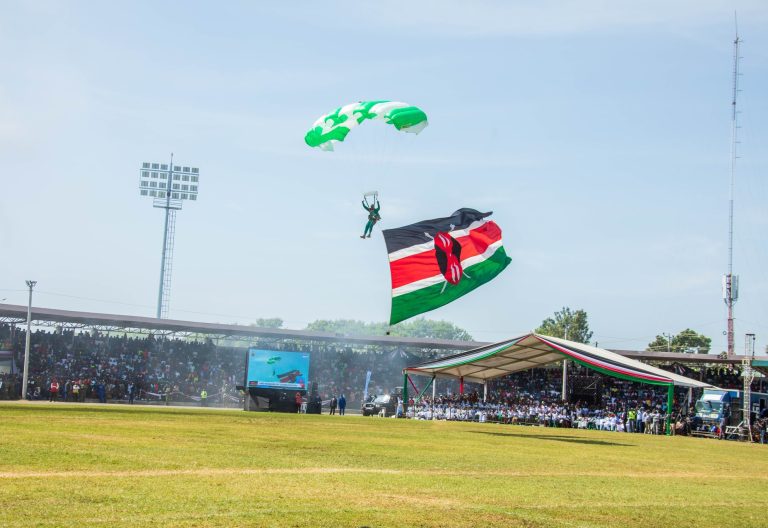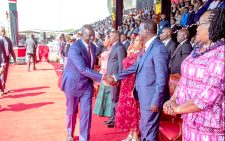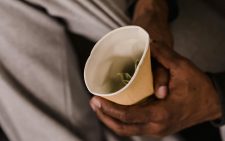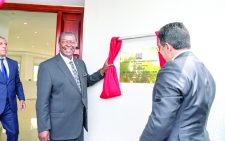Amid change, citizens’ needs should be on front burner
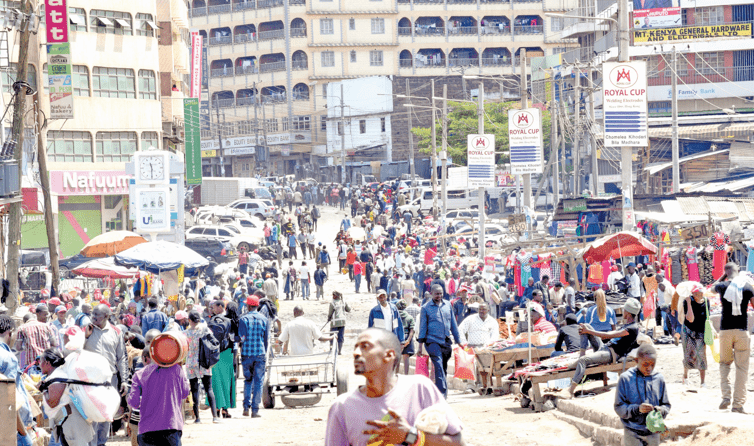
“Success knows no shortcuts, but it recognizes the power of persistence and preparation.” These words resonate in Kenya’s current political climate, where uncertainty and speculation dominate the streets and online conversations. As a nation, we are caught in the whirlwind of political debates, economic pressures, and sweeping reforms. Yet, this is a moment to step back and critically assess where we stand and where we’re headed.
Every Kenyan on the street seems to hold an opinion about the current regime’s trajectory, with many predicting a ruinous end come 2027. From Deputy President Rigathi Gachagua’s tenuous grip on the Mt Kenya vote bloc to controversial tax policies and reforms in education and healthcare, the noise is deafening and Kenyans are disenchanted. Across the country, from bustling towns to rural hamlets, one thing is clear — Kenyans are rattled.
Mt Kenya, a historically vote-rich bloc, is perceived by many as a lost cause for the regime. The Western voting bloc appears to be an interesting affair akin to winking to many girls in the dark. Whoever one settles on, the others will find suitors in daylight. There is ODM, Ford Kenya, Natembeya’s DAP and now the dead ANC, and all these eggs cannot be put in one basket in our very interesting politics of exclusion. You get one in and the other looks for an alternative power axis. In Kenya’s politics of exclusion, aligning with one group risks alienating the rest. The math, as many would say, isn’t “mathing”.
The notion of a broad-based government has sparked heated debate. The regime’s perceived support for Raila Oding’s African Union Commission chairmanship bid, coupled with the inclusion of ODM-aligned experts in the Cabinet, has been framed by critics as a trade-off to quell dissent. However, the reality seems more nuanced. ODM leaders like Senator Edwin Sifuna and Governor James Orengo continue to champion Wanjiku’s interests, often holding the government to account in ways that suggest no backroom deals were struck.
President William Ruto’s unwavering support for Baba, despite vocal opposition from within his camp, raises questions. Is the President confident in his administration’s ability to deliver, or is he banking on a strong opposition to keep his Cabinet in check? Alternatively, is this part of a larger, undisclosed strategy?
Adding to the chaos are the President’s loose cannons — politicians stuck in a Nyayo-era mindset, making ludicrous claims about manufacturing numbers to secure a longer tenure for the President. Such pipe dreams only fuel public scepticism. However, it would be naive to dismiss President Ruto as unaware of the implications of his actions.
From Mt Kenya’s shifting loyalties to an emboldened opposition both within and outside the government, the President’s moves suggest a willingness to navigate uncharted waters. Whether this is calculated or risky remains to be seen.
Former President Uhuru Kenyatta’s recent call for Gen Z to rise and fight was intriguing. Coming just after allies perceived to be connected to him took the oath as Cabinet secretaries, it signalled a possible disconnection from the current regime’s broader agenda. Kenyatta is certainly not part of this broad-based government. Perhaps his Ichaweri meeting with Ruto was simply an elder statesman offering counsel, rather than a political alignment.
This leaves observers pondering: Why would the President take actions seemingly destined to alienate his base? Is he preparing for a political reset or testing new waters to counter entrenched political norms?
What is clear is that 2027 will be a pivotal moment for Kenya. The convergence of political, economic, and generational shifts creates an environment ripe for transformation. Yet, amid all this speculation, one constant remains: the needs of the common citizen must take centre stage.
— The writer is a media and Political Communication Research






